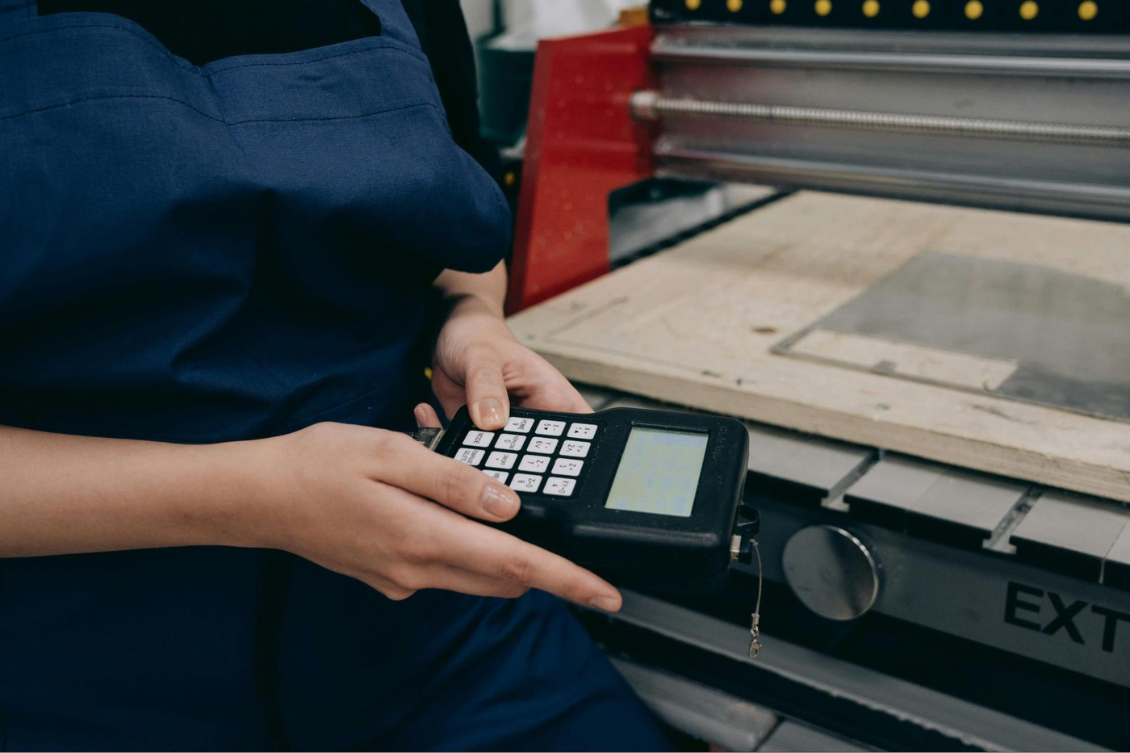
The ability to purchase parts quickly and accurately is crucial for keeping production on track. However, many companies still rely on Excel to manage their Bill of Materials (BOM) during the development to procurement process. While Excel might seem like a simple solution, it often leads to mistakes that can slow down operations. From ordering outdated part versions to entering the wrong quantities, these errors can result in costly delays, wasted resources, and unnecessary frustration.
Fortunately, there’s a more efficient way. A digital BOM helps eliminate the common issues of using Excel by providing real-time data, automating workflows, and improving communication across teams. In this blog, we’ll explore the risks of using Excel for part purchasing and highlight three ways a digital BOM can help you speed up your procurement process, saving both time and money.
The Risks of Using Excel for Purchasing Parts
While Excel is a familiar tool, it presents several risks when used to manage the complex process of purchasing parts. Relying on manual spreadsheets can easily lead to errors that slow down procurement and disrupt production. Here are some of the most common risks:
Outdated or Incorrect Part Versions
When parts go through revisions, it’s difficult to ensure everyone is working with the latest version in an Excel-based system. Without real-time updates, there’s a high chance of purchasing outdated or incorrect parts. This mistake can lead to delays as teams scramble to correct orders, or worse, cause production to halt because the wrong part was delivered.
Wrong Quantities
Manual data entry is error-prone, especially when dealing with large lists of parts. It’s easy to input the wrong quantities or forget to update numbers when changes occur. Over-ordering parts leads to excess inventory and increased overhead while under-ordering causes production delays as teams wait for additional shipments. Both scenarios result in wasted time and money.
Miscommunication Across Teams
Excel files are often shared across multiple departments via email or shared drives, increasing the likelihood of miscommunication. Different versions of the BOM might circulate, causing confusion about which file is current. Procurement teams may place orders based on outdated information, leading to incorrect purchases or delays in placing orders until issues are resolved.
Difficulty in Tracking Changes
Excel lacks the ability to track changes and updates effectively. Without an audit trail, it’s hard to know when a part or quantity was modified, who made the change, or why it was made. This lack of visibility creates confusion, makes troubleshooting difficult, and can result in ordering mistakes that cause production delays.
These risks highlight how using Excel for purchasing parts can slow down your procurement process and lead to costly errors. Fortunately, a digital BOM provides a solution by eliminating these issues and improving accuracy and speed.
How a Digital BOM Speeds Up Part Purchasing
Switching from Excel to a digital BOM brings significant improvements to the purchasing process. A digital BOM helps ensure accuracy, streamline communication, and automate time-consuming tasks. Here are three ways a digital BOM speeds up part purchasing and reduces errors:
1. Real-Time Data and Version Control
One of the biggest challenges with Excel is keeping track of part updates and ensuring that everyone is working from the most current version. A digital BOM solves this by providing real-time data and automatic version control.
Whenever changes are made to parts, whether it’s a specification update or a new part number, those updates are immediately reflected for all team members and suppliers. This eliminates the risk of ordering outdated parts and ensures the procurement team always has the correct information at their fingertips. With a single source of truth, you avoid the costly delays and confusion caused by working from multiple versions of a BOM.
2. Streamlined Communication Between Teams
A digital BOM acts as a centralized platform where engineering, procurement, and suppliers can access the same information in real-time. This eliminates the need for back-and-forth emails, manual updates, and the risk of miscommunication that often comes with using Excel.
Procurement teams can instantly see any changes made by engineers and place orders with confidence, knowing they are working with accurate, up-to-date data. Streamlined communication also means fewer delays waiting for clarification, allowing teams to move faster and make decisions more efficiently.
3. Automated Quantity and Cost Calculations
Manually calculating part quantities and costs in Excel is both time-consuming and prone to errors. A digital BOM automates these calculations, ensuring that procurement teams always know exactly how many parts to order and what the costs will be. This automation reduces the risk of over- or under-ordering, and it eliminates the need to manually adjust numbers when changes occur.
With accurate, automated data at your disposal, purchasing decisions can be made faster, and Request for Quotes can be generated with the click of a button, significantly speeding up the ordering process.
Conclusion
Using Excel for part purchasing may seem convenient, but it comes with significant risks that can slow down your procurement process and lead to costly mistakes. From ordering outdated parts to incorrect quantities and communication breakdowns, these issues can delay production and waste valuable resources.
A digital BOM offers a much-needed solution by providing real-time data, streamlining communication, and automating key processes like quantity and cost calculations. By transitioning to a digital BOM, you can ensure accuracy, reduce errors, and speed up part purchasing, saving time, money, and frustration in the long run.
Ready to make the switch? Discover how OpenBOM’s digital BOM can transform your procurement process and help you purchase parts more efficiently.
By: Jared Haw
Join our newsletter to receive a weekly portion of news, articles, and tips about OpenBOM and our community.










